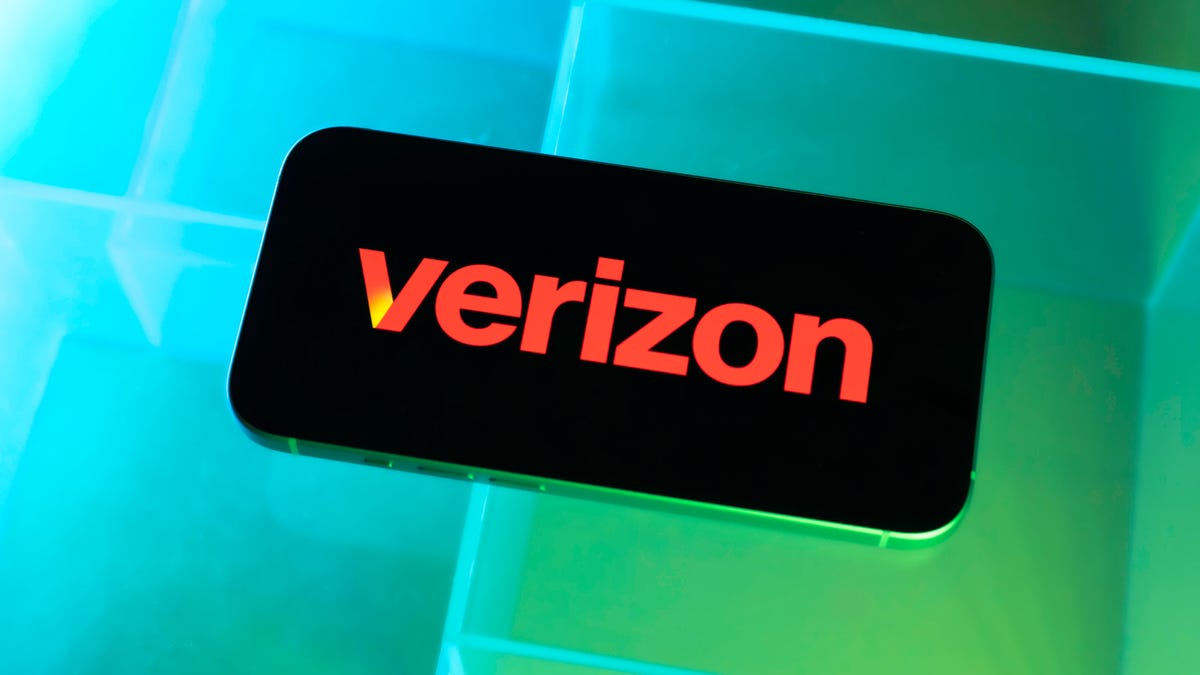The FCC has signed off on the $20 billion Verizon and Frontier Communications merger. This federal agency approval will allow Verizon to significantly expand its fiber reach and subscriber base, which is presently limited primarily to the Mid-Atlantic and Northeast. By updating and expanding Frontier’s existing network in 25 states, Verizon will not only bring fiber to more communities, but could potentially match or surpass its internet competitor, AT&T fiber.
The merger is also expected to speed the transition from copper line networks to high-speed options.
New fiber optic service through Verizon will primarily center around the Midwest, although coverage will reach California, Texas and Florida. Frontier customers will join Verizon’s offerings. However, we’re unsure how that will look, given that Frontier Fiber and Verizon Fios plans vary in speed and pricing.
“The transaction will unleash billions of dollars in new infrastructure builds in communities across the country, including rural America,” commission chairman Brendan Carr said in a statement.
Verizon committed to ending DEI-related policies as part of the approval. Earlier this year, Carr criticized Verizon for not making progress on eliminating DEI.
A representative at Verizon did not immediately respond to comment.
‘It’s a big deal’
“It’s a big deal that the second- and third-biggest fiber internet providers in the country are consolidating,” said Joe Supan, principal broadband writer for CNET. “They don’t have much overlap in coverage, so it’s not a situation where many people will have one less internet provider to choose from.
Supan is adopting a wait-and-see attitude about the deal’s specifics.
“The FCC claims that Verizon will deploy fiber to a million new homes a year as a result of the deal, but I’ll believe it when I see it,” he said. “That would be an enormous infrastructure investment, and fiber is already expected to be de-emphasized in favor of satellite in the $42.5 billion (Broadband Equity, Access, and Deployment) program.”
Read the full article here


